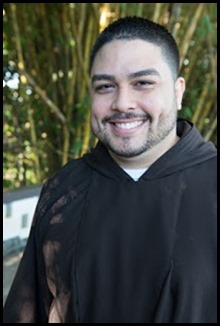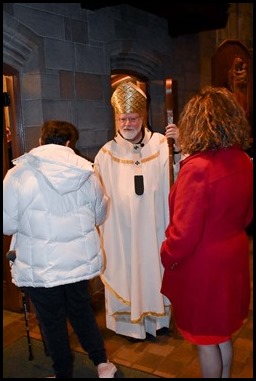Happy New Year to you all!
Thursday, the day after Christmas, I traveled to Puerto Rico because on Friday morning, the Feast of San Juan, there was the ordination of the new Auxiliary Bishop of San Juan, Bishop Alberto Figueroa. Later that day, I also ordained a deacon and priest for the Capuchin Friars in Puerto Rico. So, it was the first time in my life that I ordained a deacon, a priest, and a bishop on the same day!
They were both beautiful celebrations. The bishop was ordained in the Carmelite Church of Santa Teresita because the Cathedral of San Juan, while it is very beautiful and dates back to the time of Christopher Columbus, is very small. So, to accommodate the large crowd, Archbishop Gonzales held the ordination at this church because it is one of the larger parish churches in San Juan.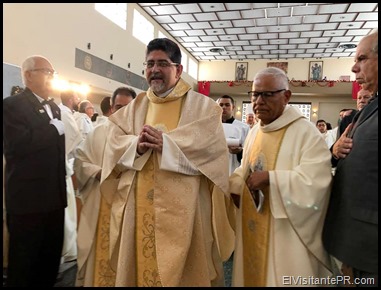
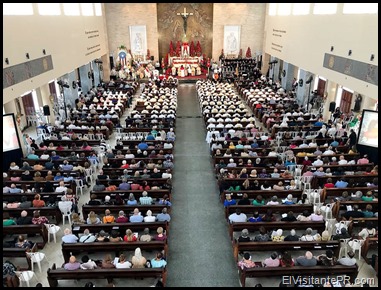
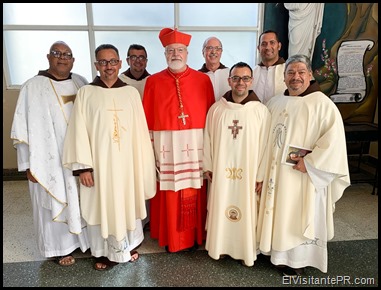
With some of the concelebrating Capuchin friars at Bishop Figueroa’s ordination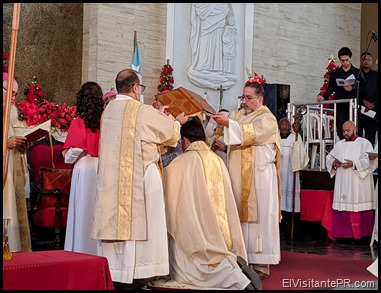
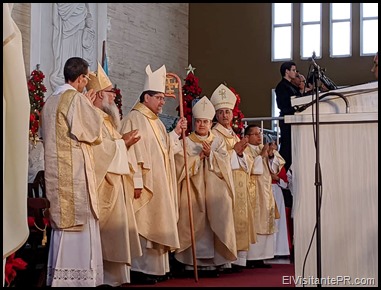
Then, in the afternoon, I went to Río Piedras for the ordination of Deacon Gamalier Martínez and Father Roberto Colón.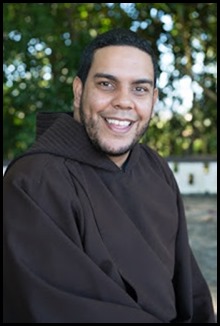 Brother Gamalier
Brother Gamalier
Brother Roberto
Río Piedras is on the outskirts of San Juan, where the Capuchins have the parish of San Antonio de Padua.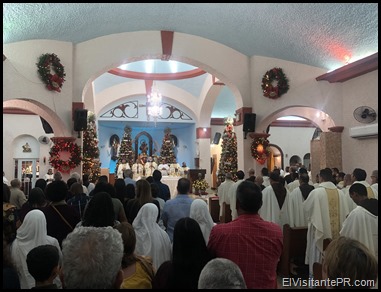
I had worked in Puerto Rico when I was a subdeacon but have not gotten back much since Hurricane Maria struck in 2017. When I was a young friar working in the Diocese of Arecibo, the only means of transportation there were jeeps and horses. Back then, it took about six hours to travel from San Juan, and to get to many of our chapels we had to travel on horseback. Today, you can be in Arecibo in probably about an hour-and-a-half on the highways that have been built since then. But, unfortunately, Arecibo, which is a coffee-growing area in the mountains, was very severely affected by Hurricane Maria. So, travel is not as easy as it would otherwise be.
The Church of San Antonio is about 350 years old, and the Capuchins have been there since its founding. Like many of the small towns in Puerto Rico following the Spanish-style, Río Piedras is centered around a plaza with the city hall on one side and the church and the other — putting the church at the heart of the community.
Brother Gamalier was ordained a deacon and Brother Roberto was ordained a priest in the same Mass. It was a very beautiful celebration.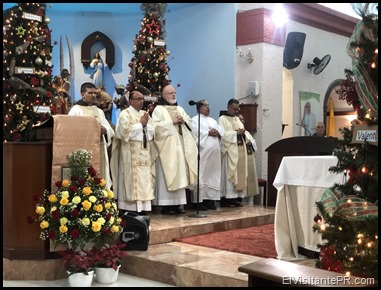
At both ordinations, there were, of course, many wonderful Christmas hymns and villancicos. Christmas is a very important time in Puerto Rican culture. They have many different Christmas carols, and Christmas really culminates with the celebration of the Epiphany and the arrival of the Three Kings on horseback in all the towns.
Christmastime is a wonderful time to be in Puerto Rico and, even though my visit was only a couple of days, it was very good to be there and to see the joy generated by the ordination of these men to serve the Church in Puerto Rico.
During my time in San Juan, I had an opportunity to visit the Church of San Francisco in the Old City, which has been under the care of the Capuchins for over 250 years.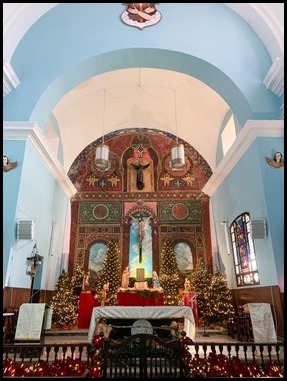
It was originally built as a chapel for the members of the Third Order of St. Francis, and many members of the order are buried there.
In that church, there is a shrine to Blessed Carlos Manuel Rodríguez, the first Puerto Rican to be declared blessed. He was beatified by Pope John Paul II in 2001.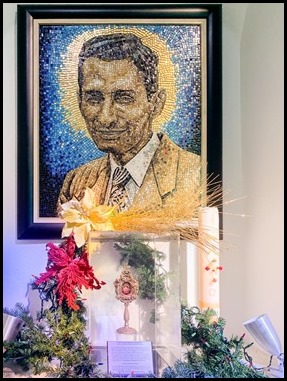
I took advantage of the time between Christmas and New Year’s to take in a movie, “A Hidden Life.” The film just came out and I had not heard anything about it, but a number of priests had seen it and recommended it to me.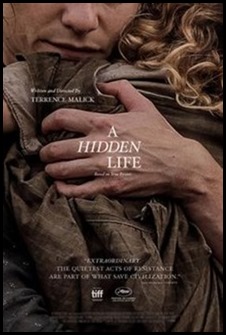
It is just a beautiful film that tells the story of Blessed Franz Jägerstätter, who was killed by the Nazis in 1943. He was an Austrian man who had very little formal education but was a very devout Catholic and had a very profound sense of his duty to do God’s will in everything. Because of this, he chose not to participate in an unjust war that Hitler was carrying out against innocent people. He refused to take the Hitler oath and to serve in the German army.
The movie does not go into this, but when they had the plebiscite, called the Anschluss, for Germany to annex Austria, he was the only one in his village who voted against it — but the villagers concealed that fact because they wanted the vote to be unanimous in favor of Hitler.
Besides having a farm, he was the volunteer sacristan at his parish in his mountain village in Austria. Even the priest, who was very close to him, was encouraging him to cooperate with the Nazis, to take the oaths, not to jeopardize his life and his family. But he steadfastly proclaimed his conscientious objection and was eventually sentenced to be executed by guillotine.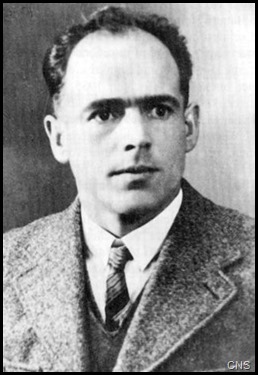
The story of Blessed Franz Jägerstätter was not well known until several years ago when the American writer and professor of sociology, Gordon Zahn — who was a close associate of Dorothy Day and very active in the Catholic Worker movement — wanted to write a book on Catholics in Nazi Germany. In the course of his research, he came upon the story of Franz Jägerstätter, which he developed into a book, “In Solitary Witness.” It was a book that made a huge impression on me.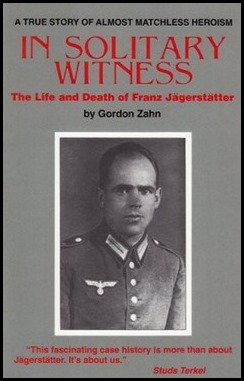
I met Gordon Zahn when I was still a seminarian and my father, who was the president of our Serra Club, invited him to give a talk on his book.
It was also Zahn’s studies on Franz Jägerstätter that influenced the Second Vatican Council when they were working on Gaudium et Spes to include conscientious objection.
On New Year’s Eve, I went to the home of Antonio and Reyes Enrique for a wonderful meal of paella. I was accompanied by Father Paul Dressler from Washington, who was visiting with me over Christmas.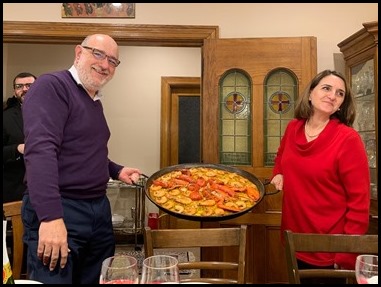
It was a wonderful evening, and I am so grateful to the Enrique family for hosting us.
From there, I went to St. Clement’s Shrine in the Back Bay for our New Year’s Eve Mass.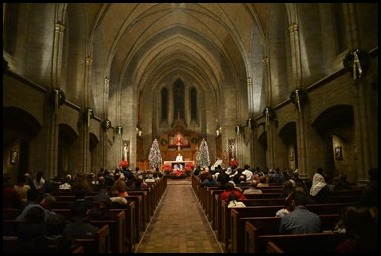
The Mass is celebrated with a pro-life theme, and before the Mass, we pray the Rosary for Life.
It is always a wonderful way to end the old year and begin the new — in the celebration of the Eucharist. 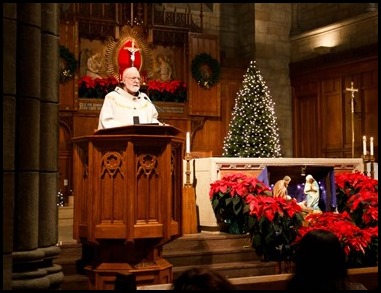
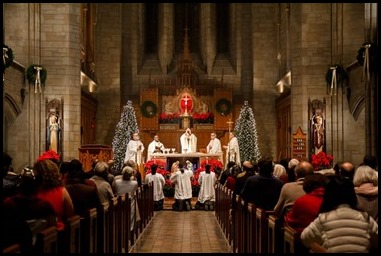
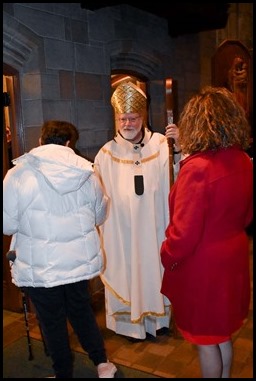
New Year’s Day, in addition to being the Solemnity of Mary the Mother of God, is also Haitian Independence Day. So, each year I celebrate a special Mass in French and Haitian Creole at the cathedral for the Haitian community of the Archdiocese of Boston. 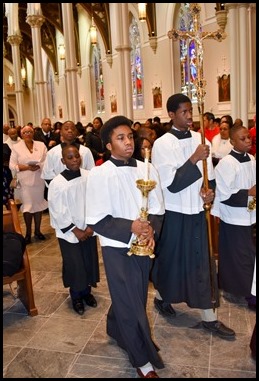
We have the third-largest Haitian community in the United States — after Brooklyn and Miami — and the Mass is always very well attended. This year I believe we had more than 1,500 people join us.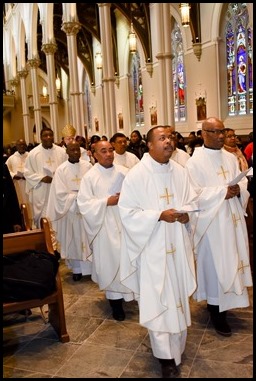
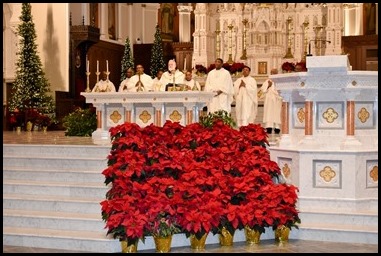 They always conclude the Mass with the singing of the Te Deum in Latin (which is a New Year’s tradition, especially in Europe), and after the final blessing, they sing the Haitian National Anthem.
They always conclude the Mass with the singing of the Te Deum in Latin (which is a New Year’s tradition, especially in Europe), and after the final blessing, they sing the Haitian National Anthem.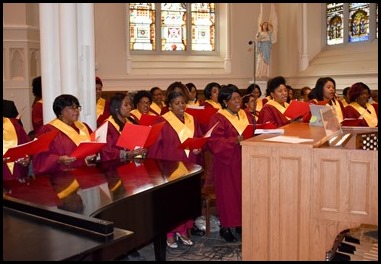
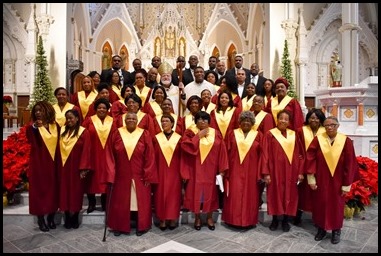
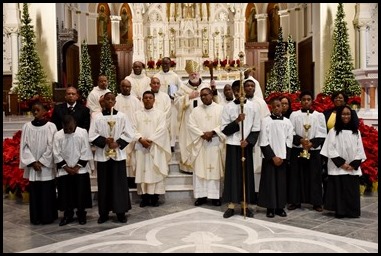 Each year after the Mass, I spend a great deal of time greeting the people at the back of the cathedral and wishing them a happy New Year.
Each year after the Mass, I spend a great deal of time greeting the people at the back of the cathedral and wishing them a happy New Year.
This year, I was especially pleased when a woman, who had been waiting a very long time to see me, came up to me and said, “Cardinal Seán, I just wanted to let you know that the first time we came to this church about 15 years ago, you spoke about the importance of sending our children to Catholic schools. I pondered your message, went home and enrolled my child in Catholic school.”
“Well,” she said, “today, that child is studying at Harvard!”
It was so wonderful to hear that story from an immigrant woman, whom I am sure, had to make many sacrifices for that to happen.
I was so happy she shared that story with me. It made my day and was the best gift I could have received a Christmastime!
Until next week,
Cardinal Seán

